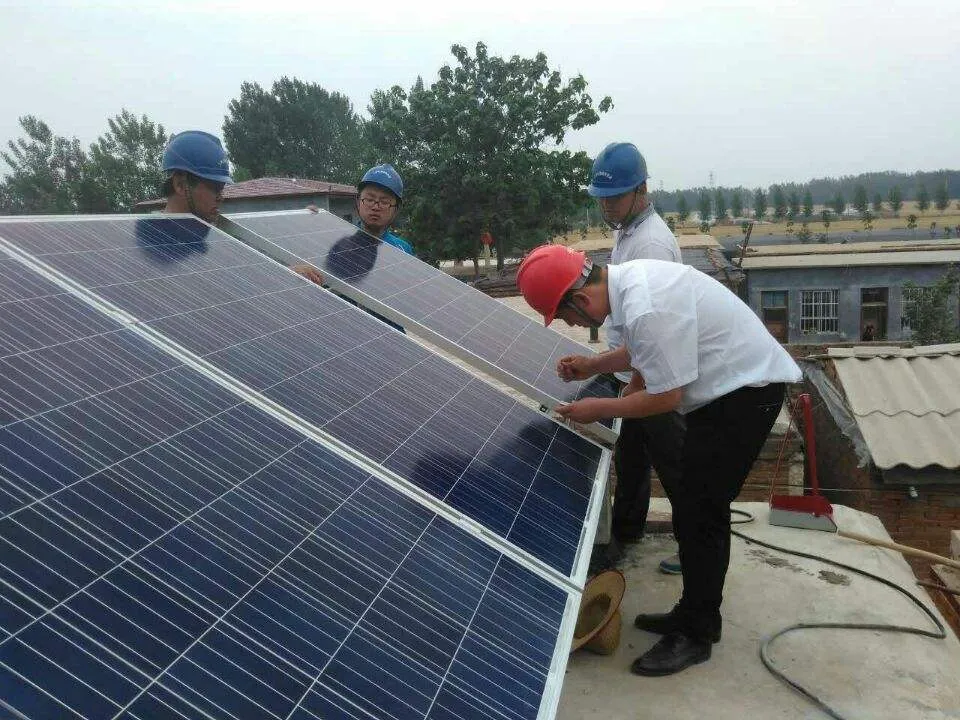Advantages of Monocrystalline Solar Panels for Efficient Energy Solutions
Understanding Mono Solar Panels An Efficient Solar Solution
In recent years, the world has witnessed a significant shift towards renewable energy sources, and solar power has emerged as one of the most viable alternatives to fossil fuels. Among the various types of solar panels available in the market, monocrystalline solar panels, often referred to as mono solar panels, have gained immense popularity. This article delves into the characteristics, advantages, and considerations of mono solar panels, making them a preferred choice for many homeowners and businesses.
What are Mono Solar Panels?
Monocrystalline solar panels are made from a single crystal structure of silicon. This manufacturing process involves taking purified silicon and growing it into a single crystal. The cells are then sliced from this single crystal, resulting in the characteristic uniform dark color and rounded edges of mono solar panels. They typically boast a higher efficiency rate compared to their polycrystalline counterparts, which are made from multiple silicon crystals.
Advantages of Mono Solar Panels
1. High Efficiency The primary advantage of mono solar panels is their higher efficiency. With an efficiency rate ranging from 15% to over 22%, they can generate more electricity in a limited space. This makes them especially suitable for residential applications where roof space may be limited.
2. Space Efficiency Because of their high power output, fewer mono solar panels are needed to produce the same amount of energy as polycrystalline panels. This compact design allows homeowners and businesses to maximize solar energy production in tight spaces.
3. Longevity and Durability Monocrystalline solar panels typically come with longer warranties—often around 25 years. Their robust construction and superior performance in low-light conditions contribute to their long lifespan and reliability.
4. Aesthetic Appeal Many users find mono solar panels to be more visually appealing due to their uniform black color and sleek design. This aesthetic can enhance the overall look of a property, making them a favored choice for residential installations.
mono solar panel

5. Performance in High Temperature Mono solar panels generally perform better than their polycrystalline counterparts in higher temperatures. This means they can maintain efficiency even during hot summer days, providing better energy production throughout the year.
Considerations When Choosing Mono Solar Panels
While mono solar panels offer numerous benefits, prospective buyers should consider a few factors before making a decision.
1. Cost Mono solar panels tend to have a higher upfront cost compared to polycrystalline panels. However, the investment can be justified through their longer lifespan and higher efficiency, resulting in better long-term savings on energy bills.
2. Energy Needs It is crucial to assess the specific energy needs before selecting solar panels. For larger homes or environments with ample roof space, a combination of different types of panels may be more cost-effective.
3. Installation and Maintenance Proper installation by experienced professionals is vital to ensure optimal performance. Regular maintenance is also necessary to keep the panels clean and efficient, especially in areas with heavy dust or debris.
4. Environmental Considerations Although the production of solar panels involves energy and materials, the overall environmental impact of using mono solar panels is mitigated by the clean energy they produce throughout their lifespan.
Conclusion
Monocrystalline solar panels represent a forward-thinking solution in the quest for sustainable energy. Their high efficiency, longevity, and aesthetic appeal make them a compelling choice for solar energy enthusiasts. While the initial investment can be higher than other options, the benefits of improved efficiency and performance can lead to significant savings over time. In an era where renewable energy is becoming increasingly important, the adoption of mono solar technology is a step towards a greener, cleaner future. As technology advances, we can expect even greater enhancements in solar power efficiency and sustainability, making solar energy a pivotal player in our energy landscape.
-
Understanding the Advantages of Solar String Inverters for Your Energy SystemNewsApr.29,2025
-
Choosing the Right PV Inverter: A Comprehensive GuideNewsApr.29,2025
-
The Future of Solar Power: Exploring Bifacial Solar PanelsNewsApr.29,2025
-
The Complete Guide to Solar Panels: Efficiency, Cost, And InstallationNewsApr.29,2025
-
The Best Options for Efficiency and Cost-EffectivenessNewsApr.29,2025
-
Harnessing the Power of Off-Grid Solar Inverters for Energy IndependenceNewsApr.29,2025







